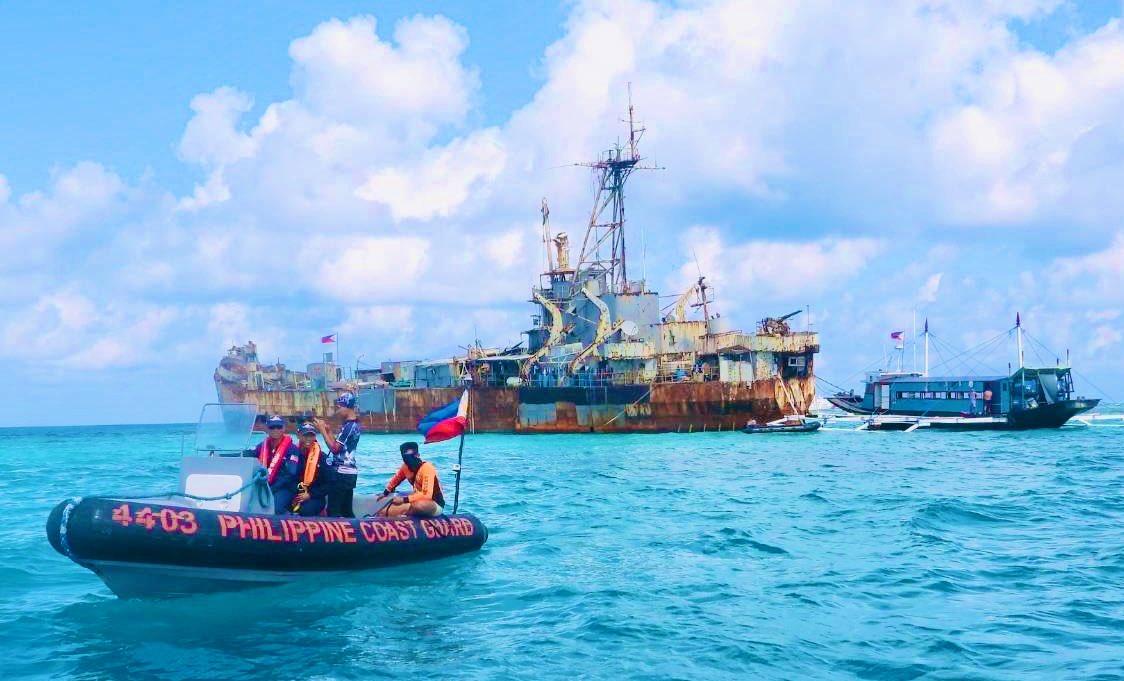US Defense Secretary Pete Hegseth said Friday that the Trump administration would work with Philippines toward reestablishing military deterrence in the Indo-Pacific region.
Hegseth reassured Philippine partners that the U.S. is committed to peace and security against threats in the South China Sea, where Manila accuses Beijing of repeated hostile actions.
“The United States has been fighting shoulder-to-shoulder with the Philippines since World War II. Our partnership not only continues today, but we are doubling down on that partnership, and our ironclad alliance has never been stronger,” Hegseth said at the outset of the press conference in Manila on Friday.
Hegseth spent the first half of the day meeting with Philippine President Ferdinand Marcos Jr. and then with his counterpart, Defense Secretary Gilberto Teodoro Jr.
The result of those talks, Hegseth said, was an understanding of how to not just continue with the status quo but to “accelerate the progress in [the] U.S.–Philippines alliance.”
The four-piece plan, which Hegseth said would build upon the United States’ late July 2024 commitment of $500m to modernize the Philippine military, includes an agreement that the United States will deploy additional advanced military capabilities to the Philippines, plans for bilateral training between both nations for high-end operations, an agreement to prioritize bilateral defense industrial cooperation, and an agreement to launch a bilateral cyber campaign.
Hegseth said the U.S. intends to send additional capabilities to the Philippine military.
Most notably, the Defense Department will provide the Philippines with the Navy-Marine Expeditionary Ship Interdiction System, or NMESIS, for Exercise Balikatan this spring.
A combination of multiple proven capabilities, the NMESIS combines a lethal strike missile mounted on the chassis of a joint light tactical vehicle that can be operated remotely.
In addition to the NMESIS, Hegseth said the U.S. would also provide highly capable unmanned surface vehicles for Balikatan, the most prominent annual military exercise between the U.S. and the Philippines.
“These systems will enable U.S. forces and the Armed Forces of the Philippines to train together on using advanced capabilities to defend the Philippines’ sovereignty,” Hegseth said.
Calling the steps outlined “just the beginning [in] an incredibly fruitful alliance” between the two countries, Hegseth said the U.S. and Philippines would also work together to convince other partners and allies in the Indo-Pacific region to step up their efforts and cooperation to increase their defense capabilities and strengthen deterrence.
“We do not seek war; we seek peace,” Hegseth said. “But those who long for peace must prepare for war, and [the U.S. and Philippines] stand united.”



